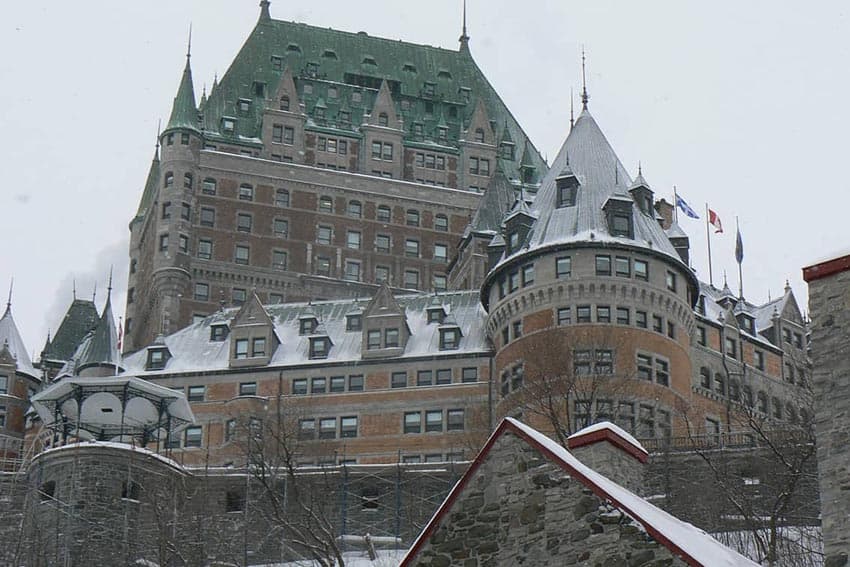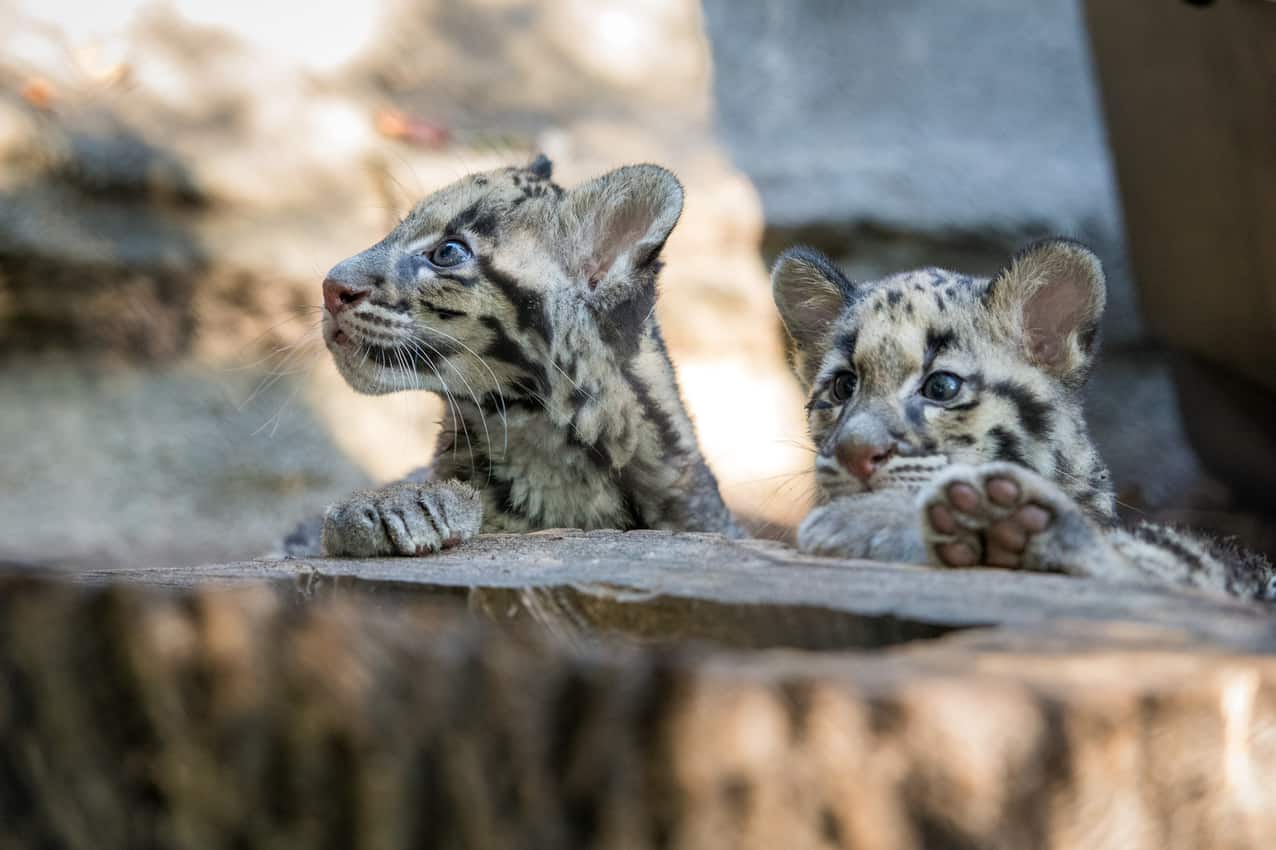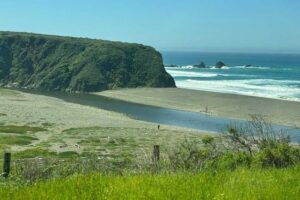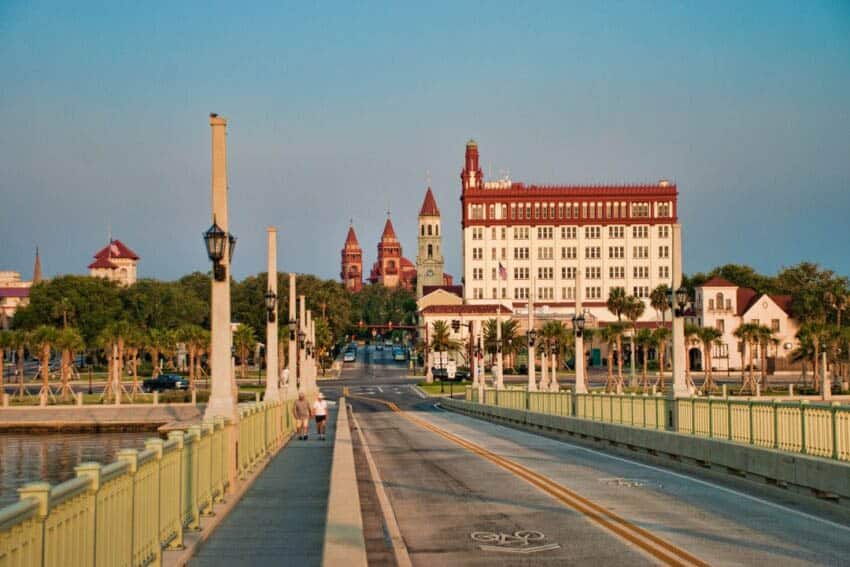
By Max Hartshorne
GoNOMAD Editor
At GoNOMAD, there are some destinations that we consider “Armchair Travel” because we don’t really expect our readers to consider going there.
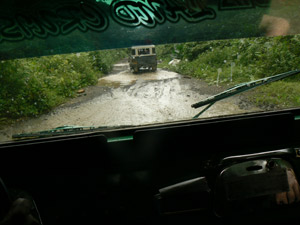
Still, we believe that many people enjoy reading about exotic places that they may never go, as much as they enjoy reading the more practical and useful stories about more accessible places. I took a trip in August to a place that definitely fits in the former category. It was to Colombia’s Choco province, located on the Pacific coast about 100 kilometers (62 miles) south of Panama.
Unplugged. Totally.
Here I got a chance to completely unplug from the world that chases me around by the tail the other 51 weeks a year. I was unable to get email, listen to the news, read a newspaper or even make a phone call. There was no radio, satellite or cable TV, or other connections.
It was a week of saltwater sports, taking boat trips to see whales, hiking deep in the jungle up the side of mountains, and viewing wildlife like giant insects, ants, and birds up close.
It sort of cleaned me out to be so far removed from the US Presidential race, the crisis on Wall Street and the rest of the details of my too-complicated life. I thought I’d never recover from such deprivation. But I learned that the sound of the crashing waves and the battery of large and loud insects that filled my room each night were worth a lot more.
Green Canopy

We arrived in Medellin and quickly flew on a 20-seat turboprop plane for one hour toward the coast. Incredibly, after we left the city, what was visible down below was only the green tops of trees as far as I could see. There were no roads, no villages, just a canopy of bumpy green, the mountains and the jungles that crept right up to the sandy coast.
Our plane circled back over the coast and flew south, the large waves crashing on the shore and still nothing interrupted the pristine jungle-meets-ocean environment as we flew further along.
Then a small settlement could be seen, with ramshackle tin-roofed huts, rutted dirt roads and fishing boats parked on a black sand beach. This wasBahia Solano, the port village and one of the biggest towns here in Colombia’s remote Choco province. Our destination was 14 kilometers (8.6 miles) south, near the village of El Valle.
After the plane landed and our luggage was sniffed by a friendly and rambunctious black lab, we piled into a collection of Toyota Land Cruisers, Land Rovers and Jeeps for the 14-kilometer ride.
It started out bad, with potholes the size of the entire road, and it got worse, with the holes getting deeper and deeper. Behind us drove a convoy of eight Colombian soldiers, sitting four across four in the back of their spanking new white Chevrolet pick-up. You can always tell the gifts that come from the US Government, Chevies or Fords, pure white, and able to keep up with the Land Cruisers using four-wheel drive.

Straight for the Beach

We drove past the rutted road that thankfully turned to concrete with just a few kilometers to go, and then headed straight down to the beach.
Children in school uniforms congregated on the side of the road and on the beach, and after a mile or so, we turned into a gate and we had arrived at our digs for the next three days.
The El Almejal eco-resort has been on this coast for thirty years. Mamacita Elbia presides over a flock of dark skinned help. The family that owns the resort is from Medellin, but here they have offered hospitality and recreation to tourists for decades. It’s been tough.
Nobody Drives Here

In the early 1990s, no one came to Colombia as a tourist. It took a new president, Alvaro Uribe, and billions in US aid to subdue the two forces of the FARC and the paramilitary armies and create a more secure country so that people could travel freely.
It’s still a task to go anywhere in this rugged landscape by car; people who live in Bogota said they would never think of driving to Medellin. Instead, most people fly when they travel.
Elbia’s son Cesar is the naturalist, who guides hikes up into the jungle to hear details about flowers, insects and wildlife that live there.
He leaned to the left, suggesting that we pay ‘whatever they ask for’ when we came back to a table spread with handicrafts made in the village. He also railed about American capitalism, but we only caught snippets of the gist because he doesn’t speak any English.

Days here are spent relaxing in the cotton hammocks on the verandas of the cabins, or hiking up the paths through the jungle to see butterflies, huge insects and the occasional jungle animal, or sleeping through the afternoon after a long swim in the sea.
The waves are big but they break far out and the shore is flat and goes way out. It’s not great for surfing here, but perfect for a dip and for a long stroll.
Eager to Get Going
Another activity here is releasing baby turtles into the sea. Ceasar raises them from eggs, then puts them into a little racetrack made of sand, then they are ready to be tossed into the blue bucket and taken out to see.
People reach down, tenderly picking the squirming turtles up to put them on their course to the sea. They never go the wrong way, and are eager to get going, furiously swatting their flippers as they are picked up and plopped down into the wet sand

Soon a boy approaches carrying a plateful of fried sweet coconut, trying to make a few pesos out here where the action is. Nobody buys, but he serenely carries the plate as we all watch the turtles’ slow descent into the sea.
Every bed at the El Almejal is covered by a mosquito net, so there is no need for screens, and the windows are left wide open all night long. That lets in the sounds of the jungle. Mysterious screeching birds, cicadas, the whole symphony of the night is dramatic and the backdrop of the crashing surf is soothing as you drift off to sleep.
The showers are a cold hard stream, without a showerhead, and the towels are thin and hard to keep dry. Clothes and shoes get wet fast during the jungle hikes and you begin to feel comfortable wearing very little clothing and sandals instead of shoes. One traveling companion brought only one pair of shoes — white leather sneakers — and regretted it mightily as they sat in the sun refusing to dry.
Humpback whales make an appearance each summer, breeding in the warm Pacific waters before returning to the Antarctic
- Greece Getaway: Camping Hacks for Your Next Getaway - April 25, 2024
- Products and Clothing You Might Enjoy - April 25, 2024
- Saudi Arabia Might Be Your Next Getaway Spot - April 23, 2024


